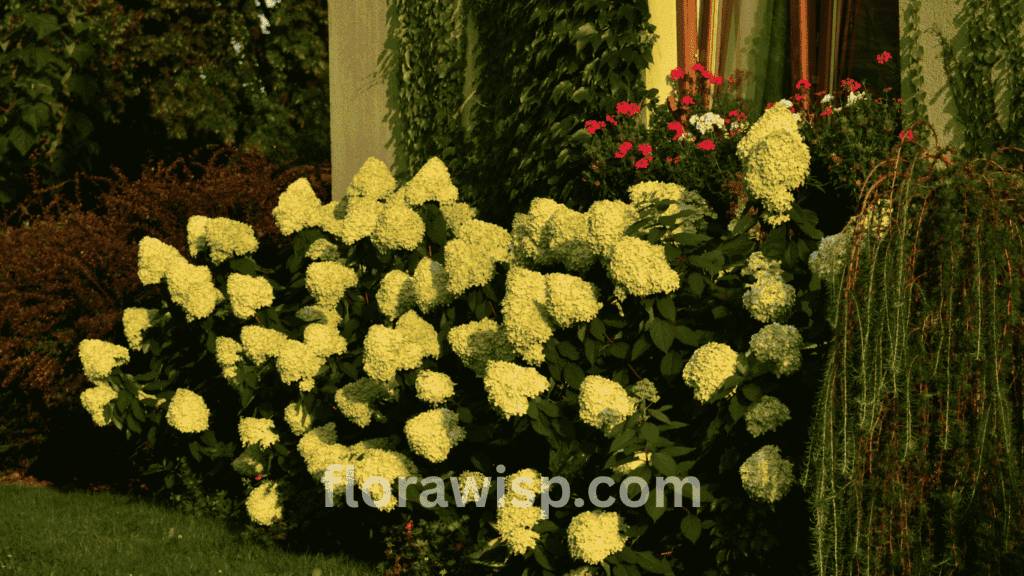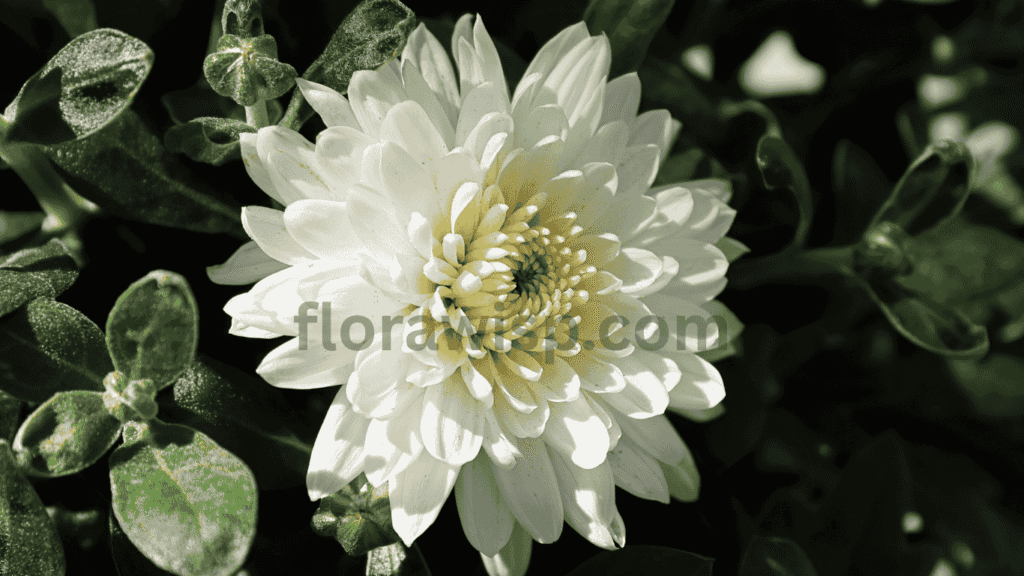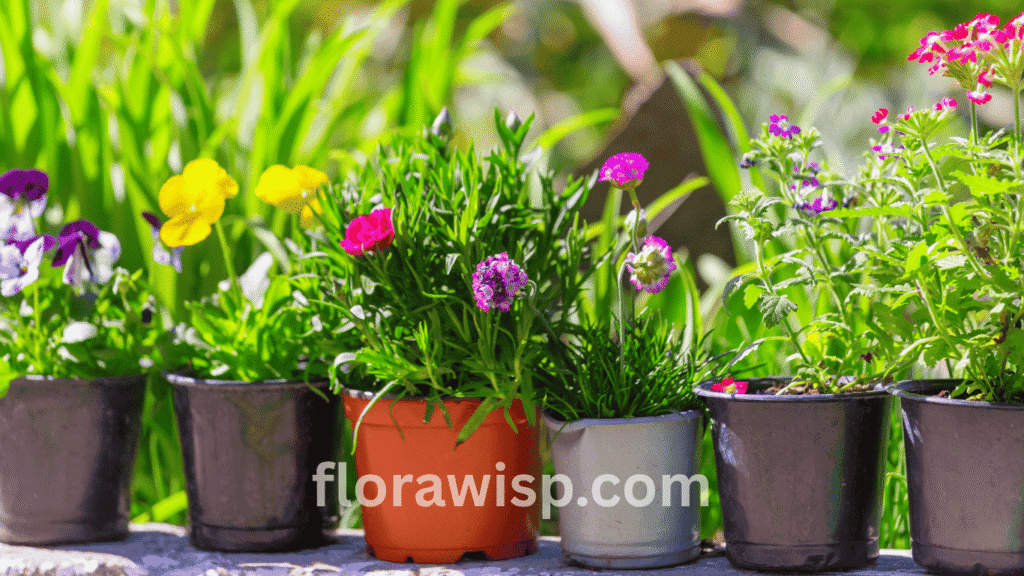The limelight hydrangea is a panicle-style, cold-hardy shrub prized for its cone-shaped flower clusters that start lime green and slowly age into pink, rose, and burgundy by fall. It thrives in USDA Zones 3–9, blooms on new wood, and performs reliably in full sun to partial shade. Available in multiple forms, standard bush, dwarf, and tree, it can grow up to 6–8 feet tall and wide, or remain compact in containers with mini varieties.
This plant is drought-tolerant once established, needs well-drained soil, and benefits from spring pruning and balanced feeding. Its flowers are long-lasting in cut and dried arrangements, and its fall foliage adds seasonal color even after blooms fade. Whether used as a foundation shrub, privacy hedge, or potted feature, the limelight hydrangea brings consistent structure and color from summer through late autumn. From planting tips and pruning techniques to troubleshooting yellowing leaves and maximizing bloom color, this is one of the most dependable and rewarding flowering shrubs in any American garden. For more inspiration on beautiful bloomers, explore our complete guide on Hydrangea Flowers.
In This Article
Limelight Hydrangea: A Showstopper in Every Garden
Quick Facts: Limelight Hydrangea at a Glance
| Feature | Details |
| Botanical Name | Hydrangea paniculata ‘Limelight’ |
| USDA Hardiness Zones | 3 to 9 – Proven performance in a wide range of climates |
| Sun Exposure | Full sun (6+ hrs) to partial shade |
| Mature Size | Standard: 6–8 ft tall/widePrime: 4–6 ftLittle/Mini: 3–5 ft |
| Bloom Time | Mid to late summer through fall |
| Growth Habit | Deciduous, multi-stemmed shrub with bushy form; also available as a tree |
| Flower Description | Cone-shaped clusters up to 12″ long; chartreuse green aging to pink, rose, and burgundy |
| Foliage | Deep green, oval leaves with slightly serrated edges |
| Notable Traits | Drought-tolerant once established, cold-hardy, great for cut and dried flowers |
| Ideal Use | Accent shrub, hedge, privacy screen, tree form, containers, cut arrangements |
Botanical Roots: Hydrangea Paniculata ‘Limelight’
The hydrangea paniculata limelight belongs to a cold-hardy species native to Asia. It’s widely appreciated for its strong stems, large floral panicles, and resilience in USDA Zones 3–9. Once established, it shows excellent drought tolerance and stands up well to heat, wind, and even clay-heavy soils.
Over the years, I’ve found the paniculata hydrangea limelight to be among the easiest to grow and shape, thriving even with minimal attention.
Top Varieties: Prime, Little, and Mini Limelight
Gardeners with different spaces can enjoy the beauty of limelight hydrangea in multiple forms. My limelight prime hydrangea blooms a bit earlier and stays compact, ideal for sunny borders. The little limelight hydrangea has been my go-to for walkways and raised beds, while the miniature limelight hydrangea thrives in decorative containers on my patio.
Even the endless summer limelight hydrangea holds up remarkably well to erratic temperature swings, making it a dependable choice for gardens across the country.
Choosing the Right Form: Shrub, Tree, or Hedge?
Limelight Hydrangea Tree vs. Bush
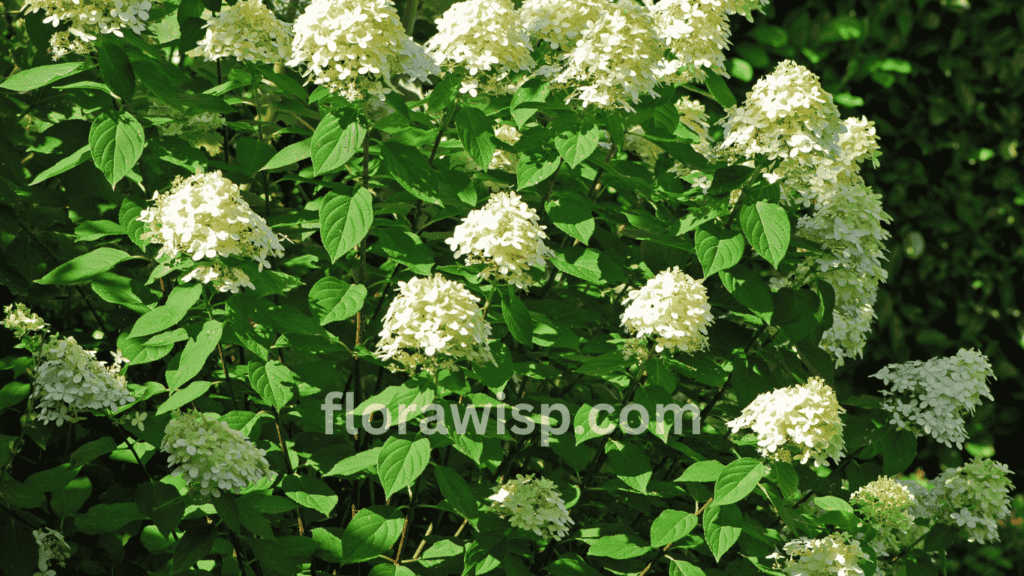
When deciding how to introduce limelight into your garden, the first question is do you want a bold focal point or soft structure? I’ve grown both forms, and each has its charm.
The limelight hydrangea tree in my front yard is an absolute showstopper. With its sculpted single trunk and cascading blooms, it offers a formal, upright presence that immediately catches the eye. My hydrangea limelight tree has become the centerpiece of my entrance garden, standing nearly 7 feet tall and thriving with minimal fuss.
On the other hand, the bush form of limelight hydrangea is incredibly versatile. I’ve used it along the borders of my perennial beds and mixed it with ornamental grasses for a soft, natural look. Its full, dome-shaped habit fills out beautifully from summer to fall, and it responds well to light shaping.
The Elegance of the Tree Form Limelight Hydrangea
If you’re aiming to elevate your garden’s structure, the tree form limelight hydrangea is hard to beat. Grafted onto a standard trunk, this form creates a globe of flowers that sits atop sturdy stems. By mid to late summer, the canopy bursts into full bloom. A full grown limelight hydrangea tree typically ranges from 6 to 8 feet in height, though I’ve seen well-maintained specimens grow slightly taller in rich, well-drained soil.
I planted my limelight hydrangea on standard near a patio seating area, and the effect was both elegant and practical offering shade, fragrance, and visual interest without overpowering the space.
Creating Privacy with a Limelight Hydrangea Hedge
For gardeners looking for privacy without sacrificing beauty, a limelight hedge is a reliable solution. In my backyard, I lined the fence line with a row of limelight hydrangea bushes, spacing them 4 to 5 feet apart. By the second season, the hedge had filled out, creating a lush, flowering barrier that peaks in mid-summer.
Whether you plant them as a single hydrangea standard limelight, a low-growing shrub border, or a striking limelight panicle hydrangea tree, these forms blend structure with seasonal interest making limelight hydrangea one of the most adaptable plants in my landscape design toolkit.
Planting Limelight Hydrangea the Right Way
When and Where to Plant for Success

The best time to plant limelight hydrangea is either early spring or fall, depending on your zone. Personally, I always prefer planting in the fall here in Texas.
The cooler temperatures allow roots to settle before the heat rolls in. Whether you’re in the South or up North, giving your limelight hydrangea a head start in mild weather ensures stronger growth the following season.
Soil, Sunlight, and Spacing Requirements
When it comes to soil, limelight hydrangea is surprisingly forgiving. I’ve planted it in everything from loam to heavy clay. Just be sure the soil is well-draining. Amending clay with compost or pine bark has worked wonders for me.
Sunlight is crucial. While it tolerates partial shade, I’ve had the most impressive blooms when growing limelight hydrangea in full sun at least six hours a day. In shady spots, I noticed fewer and smaller blooms. So if you’re wondering about limelight hydrangea sun or shade, aim for the sun.
Spacing is another factor often overlooked. Depending on your landscape goals, the rule of thumb I follow is 5 to 6 feet between shrubs. If I’m creating a hedge, I reduce spacing to 4 feet. This helps create a denser screen over time without overcrowding.
Establishing Your Limelight for Long-Term Growth
The limelight hydrangea zone range of 3 to 9 makes it suitable for most regions across the U.S. In my limelight hydrangea Texas beds, I mulch heavily during the first year to retain moisture and suppress weeds. I also use a slow-release fertilizer when planting to boost early growth. If you’re just learning how to grow limelight hydrangea, start with strong nursery stock, consistent watering, and proper placement. For gardeners exploring color variety or companion shrubs, Pink Hydrangea options can offer a softer, more romantic look while thriving in similar growing conditions.
Caring for Limelight Hydrangea All Season Long
Watering, Feeding, and Mulching
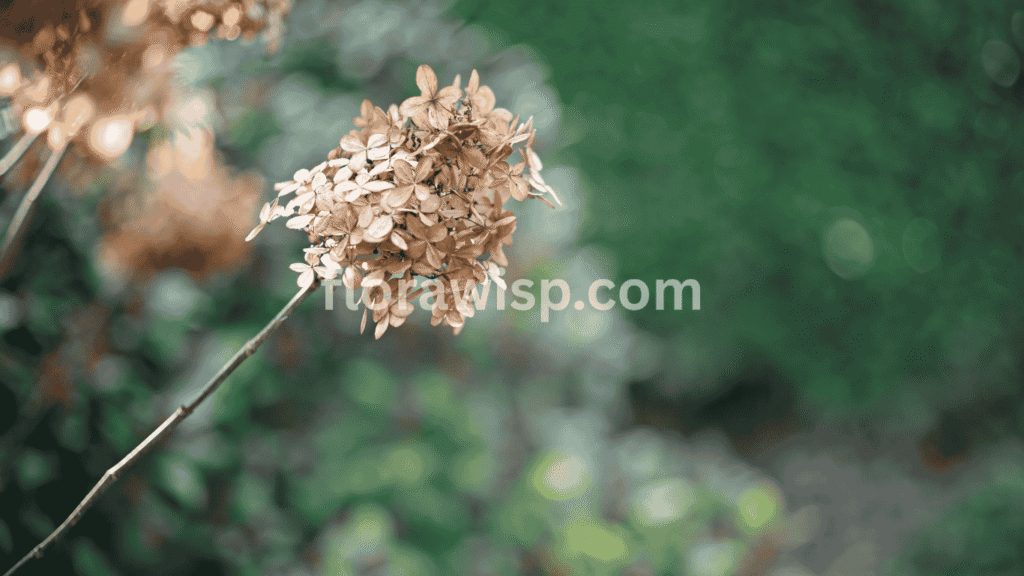
Proper limelight hydrangea care starts with consistent watering and thoughtful soil management. In my own Texas garden, summer heat can be intense, so I water my limelight hydrangea deeply twice a week during peak heat, ensuring moisture reaches the root zone. Shallow watering won’t cut it; these plants appreciate depth and consistency.
I always mulch around the base using shredded hardwood or pine bark. This helps regulate soil temperature, suppress weeds, and retain essential moisture. Mulch is especially valuable during transitional seasons when temperatures fluctuate. For gardeners asking how to care for a limelight hydrangea, start with the basics: water deeply, mulch well, and never let the soil dry out completely during active growth.
Best Fertilizers and Feeding Schedules for Maximum Blooms
To encourage lush foliage and prolific blooming, I feed my limelight in early spring with a balanced, slow-release fertilizer. A 10-10-10 or 12-4-8 blend works well. Personally, I’ve had great success with organic options too, especially for established plants.
The key is not to overdo it; too much nitrogen results in more leaves and fewer blooms. I follow up with a light feeding in early summer, especially if the shrub is still maturing. If you’re wondering about the best fertilizer for limelight hydrangea, look for one that promotes both bloom and root health. Consistency over time beats heavy doses all at once.
Winter Care and Seasonal Protection
One reason I always recommend the limelight hardy hydrangea to fellow gardeners is its cold tolerance. It thrives in USDA Zones 3 to 9, but that doesn’t mean winter protection isn’t important.
In colder climates or high-elevation zones, I apply a thick layer of mulch in late fall. This insulates the roots from freeze-thaw cycles. For those growing a 3 gallon limelight in containers, bring the pot into an unheated garage or sheltered space once temperatures drop consistently below freezing. I’ve had potted specimens survive harsh winters this way without losing a single bud.
Even though the limelight hydrangea in winter sheds its leaves and enters dormancy, care doesn’t stop. Winter prep ensures stronger regrowth and more resilient blooms in spring.
Pruning Limelight Hydrangea
Pruning your hydrangea might seem intimidating at first, but once you understand its growth pattern, it becomes one of the easiest and most rewarding tasks in your garden routine. I’ve been pruning my own shrubs and tree-form limelights for over a decade, and the results speak for themselves bigger, fuller blooms every summer.
When to Prune Limelight Hydrangea
The best time to prune limelight hydrangea is late winter to very early spring, just before new growth begins. This variety blooms on new wood, which means you can cut it back without sacrificing the season’s flowers. I usually prune mine in February here in Zone 7, and by June, they’re loaded with bright lime blooms ready to show off.
How to Prune Limelight Hydrangea
When pruning hydrangea, I cut back about one-third of the previous year’s growth. For older shrubs, I also thin out the oldest stems at the base to promote airflow and stronger new growth. Don’t be afraid to prune confidently; these plants are resilient and actually perform better with regular shaping.
For tree-form limelight hydrangeas, I maintain a rounded canopy by trimming just above leaf nodes, always using sharp, clean shears. This helps retain symmetry while encouraging abundant blooms.
Common Mistakes to Avoid
- Avoid fall pruning: Cutting back too early can lead to frost damage on new shoots.
- Don’t skip pruning: Annual pruning is essential for strong stems that can support heavy flower heads.
- Never shear the top only: Uneven pruning leads to leggy growth and fewer flowers.
In my experience, proper limelight hydrangea pruning directly affects both the health of the plant and the visual impact of the blooms. Each season I prune, my shrubs bounce back with more vigor reminding me that confident cuts make beautiful gardens.
Limelight Hydrangea Landscape Ideas
Few plants elevate a landscape quite like the hydrangea. With its vibrant green-to-rose blooms and strong, upright stems, it provides a long season of interest and a reliable structure in both formal and informal garden designs. Over the years, I’ve used it in nearly every part of my yard from bold entryways to secluded backyard corners and it never disappoints.
Creating Stunning Entryways & Foundation Beds
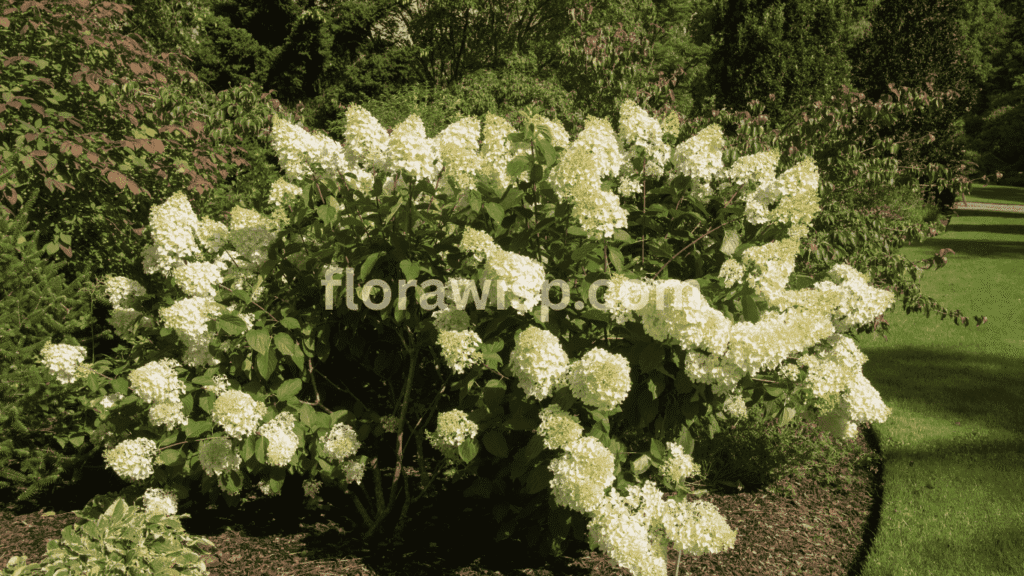
The limelight in landscape works beautifully as a specimen shrub or mass planting. I’ve planted a pair on either side of my front porch steps, where they frame the entry with soft green blooms that turn pink as summer fades. The large, cone-shaped flowers stand tall and catch the eye from the street, offering curb appeal with minimal effort.
Companion Plants That Complement Limelight Hydrangea
To create year-round visual harmony, I often pair limelight hydrangea companion plants such as:
- Boxwoods for evergreen structure
- Coral bells (Heuchera) for contrasting foliage color
- Ornamental grasses like switchgrass or fountain grass for texture and seasonal movement
- White Hydrangea for a soft, complementary tone that enhances the limelight hydrangea’s green-to-pink transition
These combinations bring out the best in the hydrangea’s evolving colors while keeping the design lively from spring to fall.
Dwarf Varieties for Small Spaces
If you’re working with a smaller garden or patio, the potted hydrangeas like mini limelight or dwarf limelight are perfect options. I grow several in large containers on my deck.
With good drainage, consistent watering, and a bit of afternoon shade, these compact varieties stay lush and blooming for months without taking over the space. If you’re working with a smaller garden or patio, the mini limelight or dwarf limelight hydrangea are perfect options. I grow several in large containers on my deck. With good drainage, consistent watering, and a bit of afternoon shade, these compact varieties stay lush and blooming for months without taking over the space. For a cooler-toned companion, consider adding a Blue Hydrangea nearby to create contrast and seasonal harmony in your container display.
Flowering Season and Colors: What to Expect
Limelight Hydrangea Bloom Time
The hydrangea bloom time begins in mid to late summer, typically around July here in my USDA Zone 7 garden, and stretches well into early fall. The show starts with large, cone-shaped blooms in a fresh chartreuse green, which gradually mature into creamy white, then shift to soft pink, and finally deepen into a rich rosy-red or burgundy by autumn.
This natural aging of flower color makes the limelight hydrangea a standout in every season. I’ve had blooms still looking beautiful in October while most of the garden has already faded. It’s one of the few shrubs I trust to deliver consistent color through unpredictable weather.
Fall Foliage & Lasting Visual Appeal
In fall, the display only gets better. Not only do the flowers hold their form, but the foliage also turns a muted golden-bronze that pairs beautifully with the fading blooms. The limelight hydrangea fall interest extends deep into the season, often outshining nearby shrubs that have already gone dormant.
Limelight Hydrangea Cut flowers
If you enjoy floral arrangements, the hydrangea cut flowers are one of the best you can grow. I regularly harvest mine for vases, and they last up to two weeks indoors with fresh water. For long-term decor, allow the blooms to dry on the plant, then clip and bring them inside; these dried limelight hydrangea heads hold their shape and color for months.
Buying Limelight Hydrangeas
Where to Find Quality Limelight Hydrangeas for Sale
If you’re ready to add one of these beauties to your landscape, you’ll find limelight hydrangea for sale at most local nurseries, home garden centers, or trusted online retailers. Personally, I prefer to buy locally when possible because it allows me to inspect the plant’s root system and stem structure. Look for healthy green leaves, no signs of pests, and strong upright canes.
Choosing the Right Size or Form
When purchasing, consider your garden’s size and sunlight. A 3 gallon limelight hydrangea shrub is perfect for starting borders or containers. If you’re going for height and drama, look for a limelight hydrangea tree for sale; they’re trained into a single-trunk form and make stunning focal points in front yards or formal gardens.
Exploring Limelight Punch & Faux Options
For gardeners seeking deeper hues, the limelight punch hydrangea is a bolder twist on the original, offering stronger pink and red tones. And for indoor decorating, I’ve even used faux limelight hydrangea stems in vases throughout winter to carry that floral charm indoors.
Common Issues and Troubleshooting Tips
Even though the limelight is one of the most reliable shrubs in my garden, it’s not entirely immune to stress. Over the years, I’ve dealt with a few recurring issues, especially during extreme weather swings or in newly planted specimens. Here’s how I manage the most common concerns.
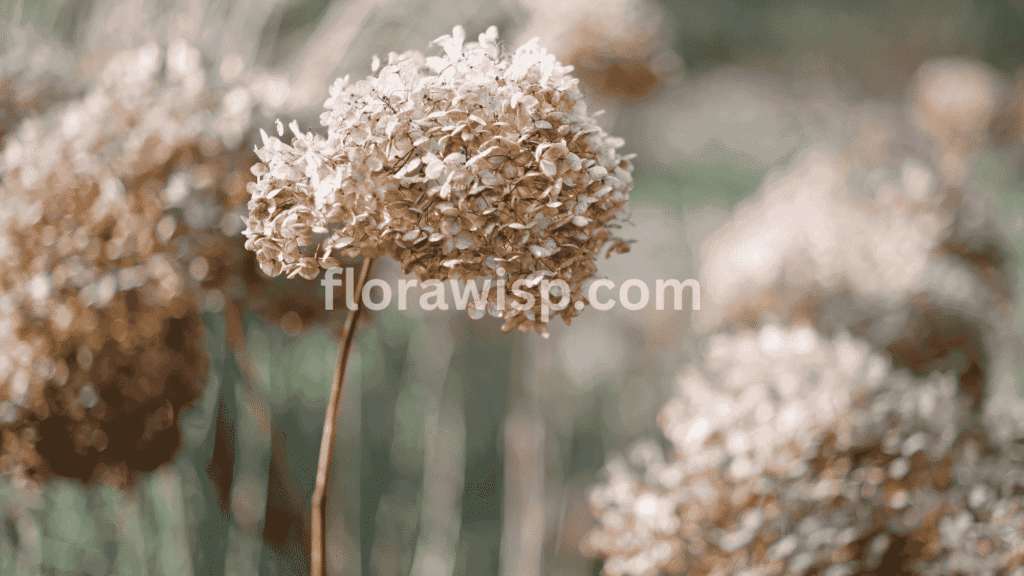
Yellowing Leaves: What’s Behind It?
When I notice limelight hydrangea yellow leaves, my first suspicion is usually poor drainage or inconsistent watering. These plants dislike soggy roots. Overwatering or heavy clay soil can quickly lead to yellow foliage. I’ve improved this by adding organic compost to lighten the soil and switching to a deep, infrequent watering routine.
Nutrient deficiencies can also be a culprit. I apply a balanced 10-10-10 fertilizer once in early spring and again in midsummer if needed. This usually perks things up within a week or two. If limelight hydrangea leaves are turning yellow on older growth first, it may signal a nitrogen deficiency and an easy fix with a proper feed.
Why Your Limelight Hydrangea Isn’t Blooming
One of the most common questions I hear is, “Why won’t my limelight hydrangea bloom?” In my experience, the top reasons are late-season pruning and lack of sunlight. These shrubs bloom on new wood, so pruning after new growth begins can remove potential buds. I always prune in late winter just before the leaf buds swell.
Also, these hydrangeas thrive in at least six hours of sun daily. If they’re planted in deep shade, you’ll get leaves but few flowers.
Managing Pests and Environmental Stress
Though generally low-maintenance, I’ve occasionally spotted aphids and spider mites on stressed plants. I manage these with neem oil spray and by removing any discolored or curled leaves. A strong plant is usually a pest-resistant one, so regular feeding, good airflow, and proper pruning go a long way.
FAQs
Q. How do you prune a limelight hydrangea?
To prune a limelight hydrangea, cut back stems by one-third in late winter before new growth starts. I always use clean shears and aim to shape the plant while encouraging airflow. Avoid fall pruning as it exposes the plant to frost damage.
Q. How to trim limelight hydrangea?
Trim dead or weak branches anytime, but for shaping, prune in early spring. I focus on thinning out the oldest canes and shaping the plant from the base up to promote blooming.
Q. When to plant limelight hydrangea?
The best time to plant limelight hydrangea is spring or fall. I prefer fall for its cooler temperatures which help roots establish before the heat sets in.
Q. When do limelight hydrangea bloom?
Limelight hydrangeas bloom from mid-summer to early fall. Their chartreuse flowers appear in July in my Zone 7 garden and deepen in color into October.
Q. How to propagate limelight hydrangea?
You can propagate limelight hydrangea through softwood cuttings in early summer. I dip them in rooting hormone and keep them in a moist, shaded spot until rooted.
Q. How big does a limelight hydrangea get?
A mature limelight hydrangea can reach 6 to 8 feet tall and wide. My oldest shrub spans nearly 7 feet across after 10 years.
Q. Where to buy limelight hydrangea?
You can find limelight hydrangea at most garden centers or buy online from reputable nurseries like Proven Winners or local suppliers.
Q. How far apart to plant limelight hydrangea?
Plant limelight hydrangeas 5 to 6 feet apart for shrub forms. For hedges, I plant them 4 feet apart to create fuller coverage over time.
Conclusion
The limelight hydrangea is more than just a pretty face; it’s one of the most reliable, rewarding, and versatile shrubs in American gardens. With proper planting, care, and timely pruning, you’ll enjoy its evolving beauty from summer through fall. My own garden has been transformed by this plant’s presence, and I encourage you to welcome it into your landscape. Whether you choose the classic bush form or an elegant tree version, limelights offer four-season interest, easy care, and incredible curb appeal. From the first flush of green blooms in July to dried pink-hued flowers in winter décor, this plant keeps giving. For more hydrangea tips, feel free to explore my other gardening guides.
References
Missouri Botanical Garden – Hydrangea paniculata ‘Limelight’
North Carolina State Extension – Hydrangea paniculata Information
The Ohio State University Extension – Hydrangea Care Tips
Gardener, M.Sc. Horticulture
Elara Bennet is a gardening writer from Austin, TX, passionate about sustainable lawns and blooms. Read full bio →

